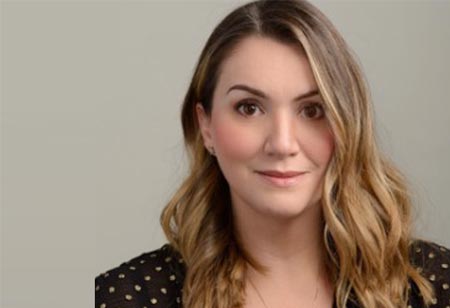Thank you for Subscribing to Construction Business Review Weekly Brief

Development of the Logistics Warehousing Market in Brazil
Although the Brazilian population is almost 65 percent of the American one, our national logistics portfolio is just 7 percent compared to the US one (US=937mm sqm/ Brazil = 63mm sqm, in 2022). Truth is that the Logistics market started its expansion in a more structured manner after 2000 and is now mainly focused in the Sao Paulo 35km radius, the Southeast portion of the country, where the biggest consumer market is concentrated.
Retail companies started building their own warehouses initially, without thinking much about a functional circulation/ building, and after a while, most of them decided to move to new facilities in a `fly to quality` movement, also determined to focus their efforts and investments on its core business, not in Real Estate.
 In that scenario and also with all the new real estate funds development, international companies started investing in developments in our country, seeing this huge opportunity to invest in a more structured manner, bringing best-in-class specifications for international occupiers.
In that scenario and also with all the new real estate funds development, international companies started investing in developments in our country, seeing this huge opportunity to invest in a more structured manner, bringing best-in-class specifications for international occupiers.
When we say ‘best in class’ we always take under consideration clear height (12m), good circulation with wide truck courts, the possibility of the individual truck court to different users, security systems, sprinklers, good air flow/ air exchanges, natural lightning, amenities, LEED certification, and so on.
We usually say that `investing in Brazil is not for amateurs’, referring to all difficulties connected to greenfield development in this country. For those who don`t know, we have very restrictive environmental legislation,and getting a full construction permit can take you more than one year.
It is also very hard to find good available sites on the hottest logistics spots within the metropolitan areas that do not have contamination, soil problems (such as soft soil), or environmental restrictions (water streams, wells, forest) where you can build a good size building in a reasonable plateau.
For that reason, developers have to keep a very resilient behavior and be conservative on their expansion plans around here.
Due diligence can take over 6 months so that you can map all the technical and legal risks, gathering information to be considered on the financial model.
From 2010 on we saw very intense development in the Cajamar, Guarulhos, and ABC submarkets, all of those within the 35km radius that I have mentioned before. Fulfillment centers with strong functionality started to be available, accommodating the upcoming demand for e-commerce companies. Those companies started to request 12m clear height and six-ton slabs, and sometimes cross-docking facilities so that they could operate in a more efficient space.
Still talking about the product, in the last few years we see a strong development of last mile, transit point, and cross-docking facilities – all of those to accommodate new e-commerce demands.
The big challenge that we face right now is keeping up with the demand, facing the increase in construction costs as we saw in the past years, especially steel and diesel-related services and materials.
With that in mind, we were able to see different opportunities, some of them of re-positioning old facilities.
Facing this kind of challenge can be even more difficult than developing from scratch: when you start a greenfield development you know what you are going to face – you have all the surveys, you designed everything, and you plan each and every activity.
With all the new real estate funds development, international companies started investing in developments in our country, seeing this huge opportunity to invest in a more structured manner, bringing best-in-class specifications for international occupiers
When you decide to take an old building and change its configuration (as we see in the picture below – in this case, we decided the cut the roof and the structure of the building to create a new avenue, adding value to the property) we have to dig deeper, checking the original design, making sure the construction respected the original design, creating a new design that structurally works, making sure that the technical performance is achieved.
 In addition to that, we have to plan each and every activity to be confident in the execution sequence, making sure that all the health and safety requirements are followed.
In addition to that, we have to plan each and every activity to be confident in the execution sequence, making sure that all the health and safety requirements are followed.
This takes a lot of technical expertise, energy, and dedication.
2023 has started with a very challenging scenario in our country: a new President, with a questionable track record, and a very unstable macroeconomic situation.
In the first week of January, we received news about another increase in steel costs – the truth is, we could not predict that in our models and we will have to be creative to overcome this new challenge without impacting our results.
Fortunately, anyone that has had the opportunity of working with Brazilians got to see something very special about our people: we are very energetic and resilient and we NEVER give up. For that reason I believe the world is going to see a big evolution in the logistics Brazilian real estate sector, even facing all the challenges mentioned before.








